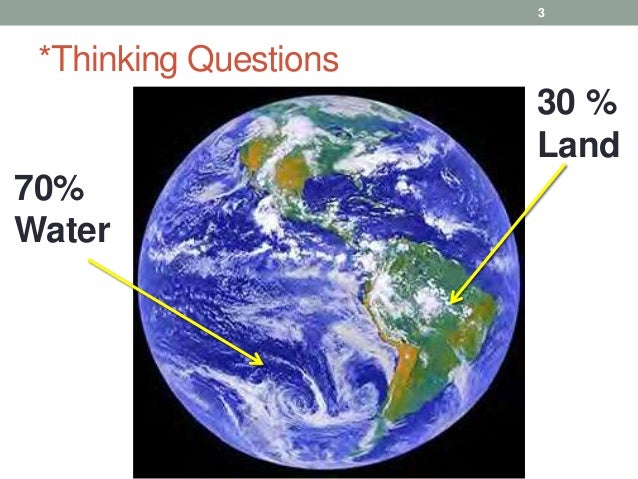Forests comprise about 31 of the earth s total land area meanwhile more than 80 of terrestrial animals and plants call forests home

Forests: A Home for Terrestrial Animals and Plants
Forests play a crucial role in maintaining the delicate balance of ecosystems worldwide. Covering approximately 31% of the Earth’s total land area, forests provide a habitat for more than 80% of terrestrial animals and plants.
Forests are not merely clusters of trees; they are diverse ecosystems teeming with life. These rich habitats support a wide range of biodiversity, providing shelter, food, and protection to countless species. From insects to mammals, and from birds to reptiles, forests serve as a safe haven for numerous organisms.
One of the main reasons why forests are incredibly important is the biodiversity they harbor. The intricate web of life within forests allows for a complex and interconnected ecosystem to thrive. Each species plays a unique role in maintaining the ecosystem’s stability, whether it is through pollination, seed dispersal, or decomposing organic matter.
The canopy of trees in forests provides shelter and protection to various wildlife species. Many animals, such as birds and primates, depend on the dense foliage for nesting, hiding from predators, and foraging. Moreover, the different layers of the forest, including the forest floor and understory, create diverse microhabitats suitable for different species.
Forests also serve as a significant source of food for many animals. From fruits and seeds to leaves and insects, the abundance of natural resources in forests sustains the intricate food chains within these ecosystems. Large herbivores graze on the lush vegetation, while predators feast on the herbivorous species. This constant cycle of life and death ensures the balance and sustainability of the forest ecosystem.
Furthermore, forests act as carbon sinks, absorbing carbon dioxide from the atmosphere through photosynthesis. This process helps mitigate the effects of climate change by reducing the concentration of greenhouse gases. The intricate network of roots in forests also plays a crucial role in preventing soil erosion and maintaining the water cycle.
Preserving forests is crucial for the well-being of both wildlife and humans. Deforestation poses a significant threat to global biodiversity and can result in the loss of countless species. Additionally, the destruction of forests contributes to climate change, disrupts ecosystems, and affects the livelihoods of local communities who rely on forest resources.
To protect the world’s forests, it is essential to promote sustainable forestry practices and raise awareness about their ecological importance. This includes implementing responsible logging methods, supporting reforestation efforts, and ensuring the conservation of protected areas. By preserving and restoring forests, we can safeguard the homes of terrestrial animals and plants while preserving the Earth’s natural heritage for future generations.
For more information on the state of forests worldwide, visit the Food and Agriculture Organization (FAO) website.


Related Posts
Quick Links
Legal Stuff

